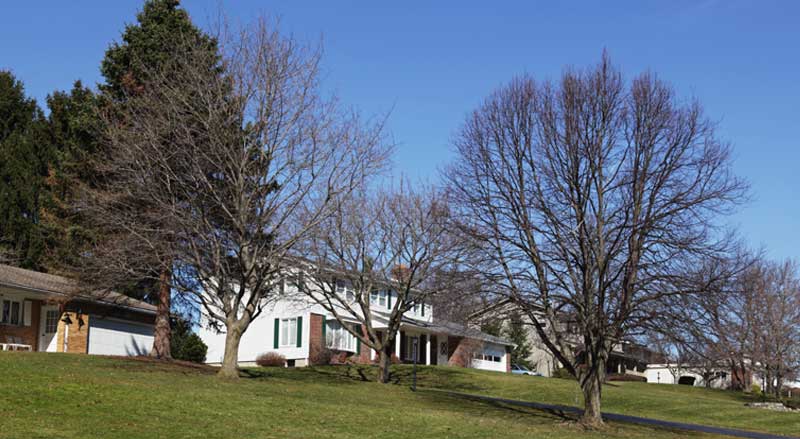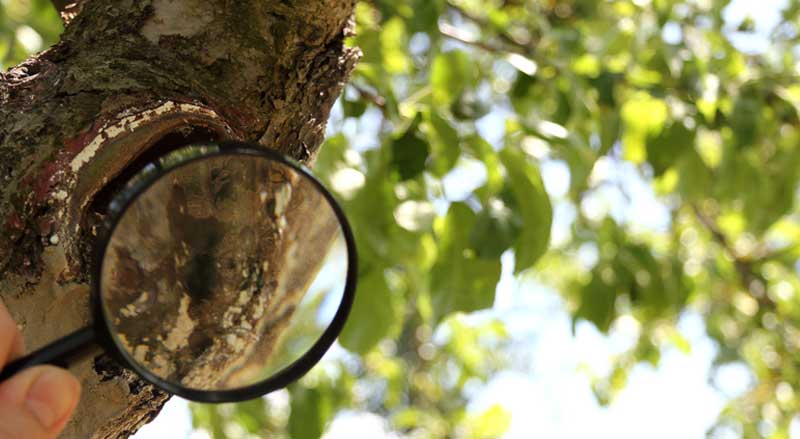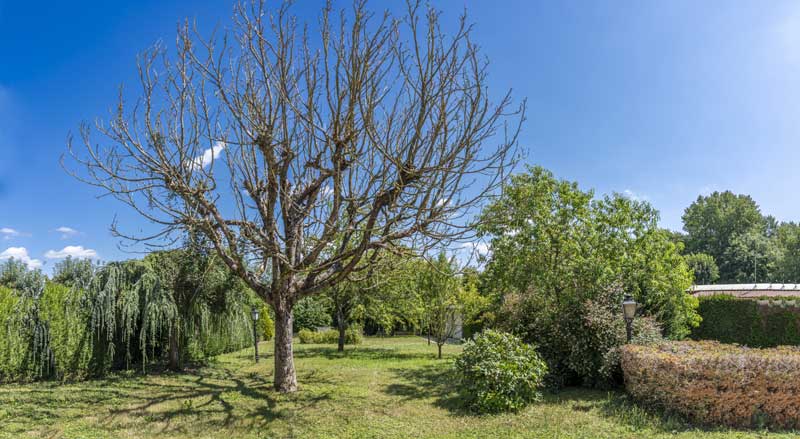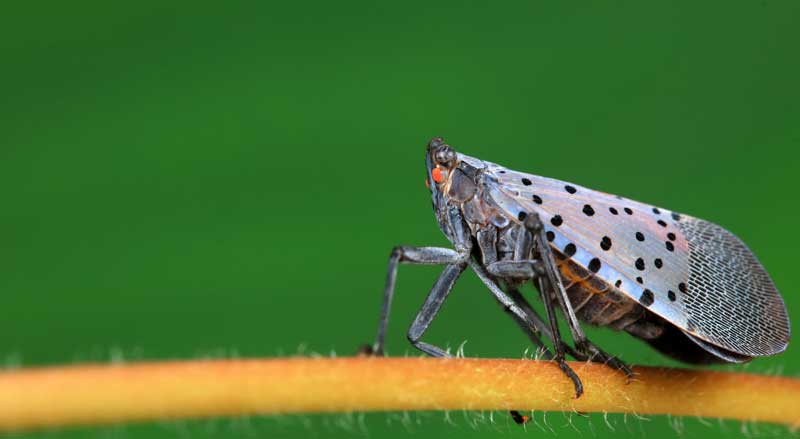It’s important to evaluate trees periodically to make sure they remain healthy. In fact, fall is the best time to inspect and evaluate your trees.
We all love our trees. It’s always sad when a tree becomes diseased or too old to remain safely on your property.
But when this happens, trees can be a danger to your home, other landscaping, as well as to your family and pets.
Evaluate When Foliage Is Gone
Once a tree’s leaves have fallen, it’s easier to see and evaluate tree damage. And if a tree needs to be removed, tree removal is easier.
However, it’s important to remember that not all damaged trees need to be removed. A tree expert like Trees Unlimited, can tell you the best way to care for your tree—and if your tree does pose a danger.
Look for Stressed and Damaged Areas
In the fall, it’s easier to see certain tree problems simply because there aren’t a lot of leaves in the way.
Some signs show that a tree is a danger or is in decline. If tree removal is necessary, now may be the best time to have it done.
Tree experts look for the following signs of tree damage in the fall.
Vertical Cracks
Vertical cracks, seams, wounds, or many dead branches can be a sign of internal decay.
Broken Top or Limbs
If a tree has a broken top, or large damaged limbs, they are a danger to others. Sometimes tree experts can remove the dangerous branches in a way that is healthy for the tree and protects those on the ground.
Trunk Damage
Serious damage to a tree trunk is a common sign of a tree with internal damage. In many cases, the tree needs to be removed. If a trunk wound covers less than one-quarter of the trunk’s circumference, the wound will often heal, and the tree will survive.
Shallow Roots
Is your tree located near water? These trees often have shallow root systems. Environmental changes such as new construction can cause them stress or damage.
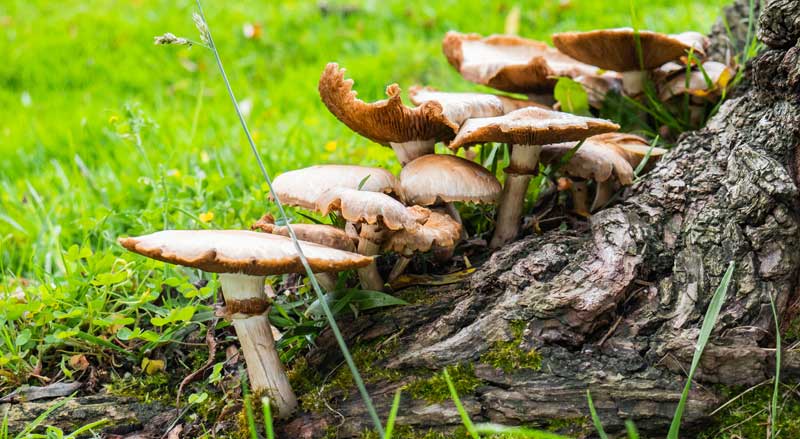
Fungus at the Trunk’s Base
Is there fungus growing near the base of the tree? Rotting inside the tree or roots can cause this.
Sudden Leaning
A tree that suddenly leans can have root problems and be dangerous. The tree may need to be removed immediately before it completely falls and causes damage or harm. If you see this, contact a tree expert immediately.
Sprouts at the Base
Sprouts at the base of the tree, or emerging from the trunk, show the tree is stressed. Injury or even over-exposure to sunlight can cause this stress. But something is not well.
Overextending its Welcome
Sometime a tree grows and precipitously hangs over your home’s roof or garage. Large trees should be no less than 20 feet from your house.
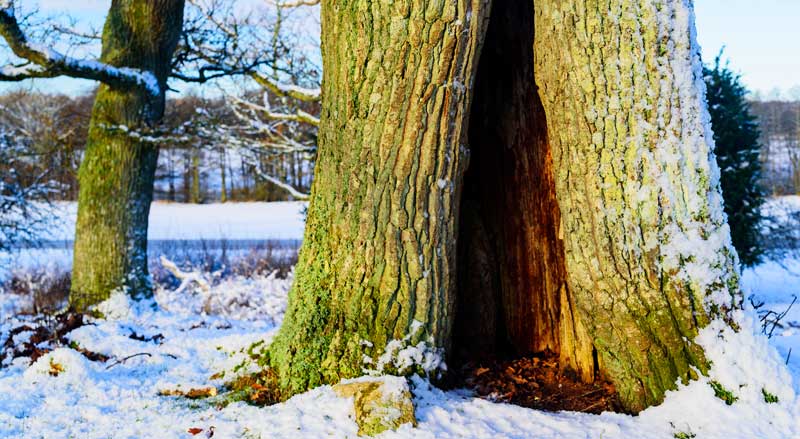
The Trunk is Hollow
A hollow tree trunk doesn’t mean that the tree will soon die. In fact, often trees survive with a hollow trunk for many years. However, a hollow trunk isn’t strong and can cause a dangerous situation.
Dead Branches on One Side
Tree experts should evaluate the tree’s health if all dead branches are on one side of the tree.
Should You Always Remove Damaged Trees?
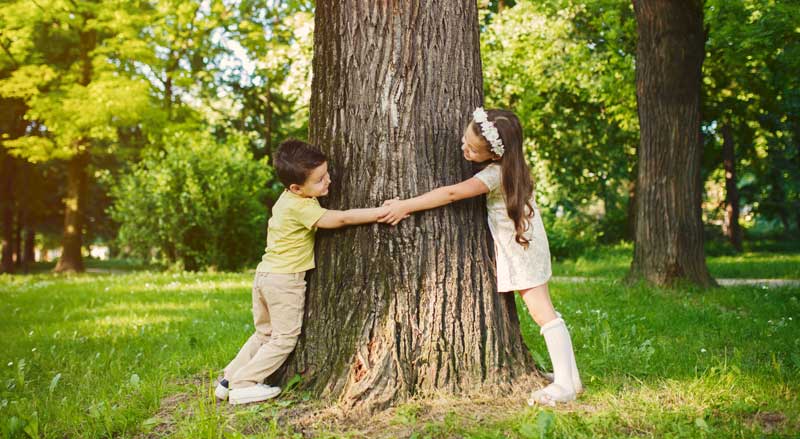
It’s not unusual for people to feel attached to the trees on their property. This is easy to understand. So, it’s important to have your trees evaluated by a trusted tree expert.
If a problem is found, it doesn’t necessarily mean the tree needs to be removed. Sometimes there is treatment, or the tree can be left alone.
If your tree simply needs trimming, here’s a homeowner’s guide for tree trimming basics.
The Best Time of Year to Remove a Tree
It’s easiest to remove a tree when the foliage is gone. This makes the tree lighter, easier to handle, and the falling tree is less likely to hurt the surrounding greenery.
Also, the removal process is less likely to affect other trees or shrubs if the ground is cold or freezing.
However, a diseased tree may need to be removed immediately, regardless of the time of year, to protect other trees on your property.
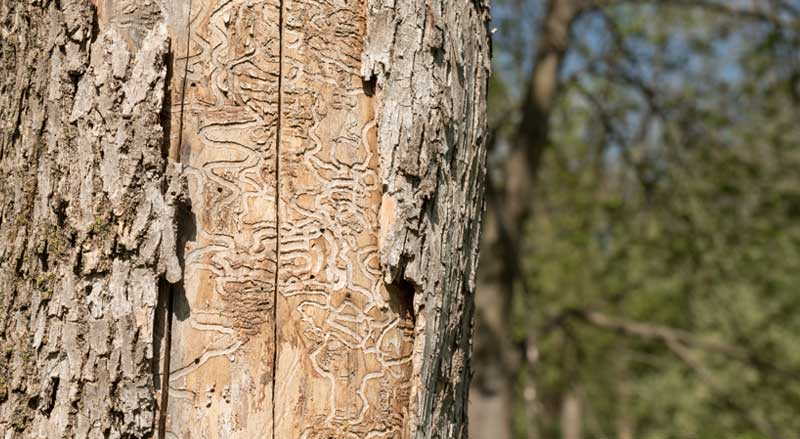
In New Jersey, ash trees are susceptible to emerald ash borer. A tree with this disease usually needs to be removed quickly.
Follow Local Ordinances
It’s important to make sure there aren’t any local ordinances in your town that affect tree removal or disposal. A good tree service will know and follow these regulations.
Generally, a homeowner may cut back the branches or roots of a tree that cross over your property boundary line—even if the tree trunk is not on your property.
Not a Time to Do It Yourself
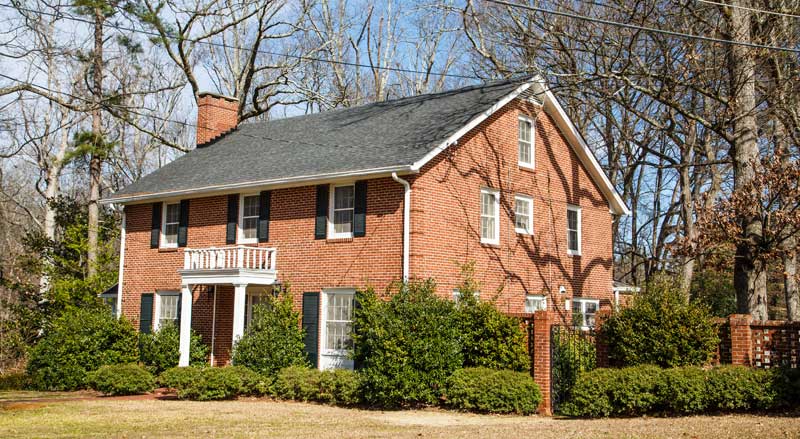
Have you ever heard of Murphy’s Law? “Anything that can go wrong, will go wrong.” This especially applies to large tree removal.
A tree can fall in the wrong direction, or a homeowner can get hurt using machinery they’re not familiar with.
While it may tempt you to remove a tree yourself—don’t! It’s a job for experienced experts, especially if the tree is near your home, other structures, or power lines.
Trees Unlimited
At Trees Unlimited, we truly love trees. And we will always take steps to save a tree, if possible.
But if a tree needs to be removed, we have the experience, knowledge, equipment, and expertise to do it safely. We are a professional tree removal service with licensed and highly trained tree climbers and ground crews.
For a free assessment and cost of your tree removal, contact us today. We specialize in the removal of hazardous or seriously diseased trees.
You may enjoy our other seasonal blogs on:
- Winter Tree Care
- Winter Tree Damage: How to Recognize, Prevent and Fix It

